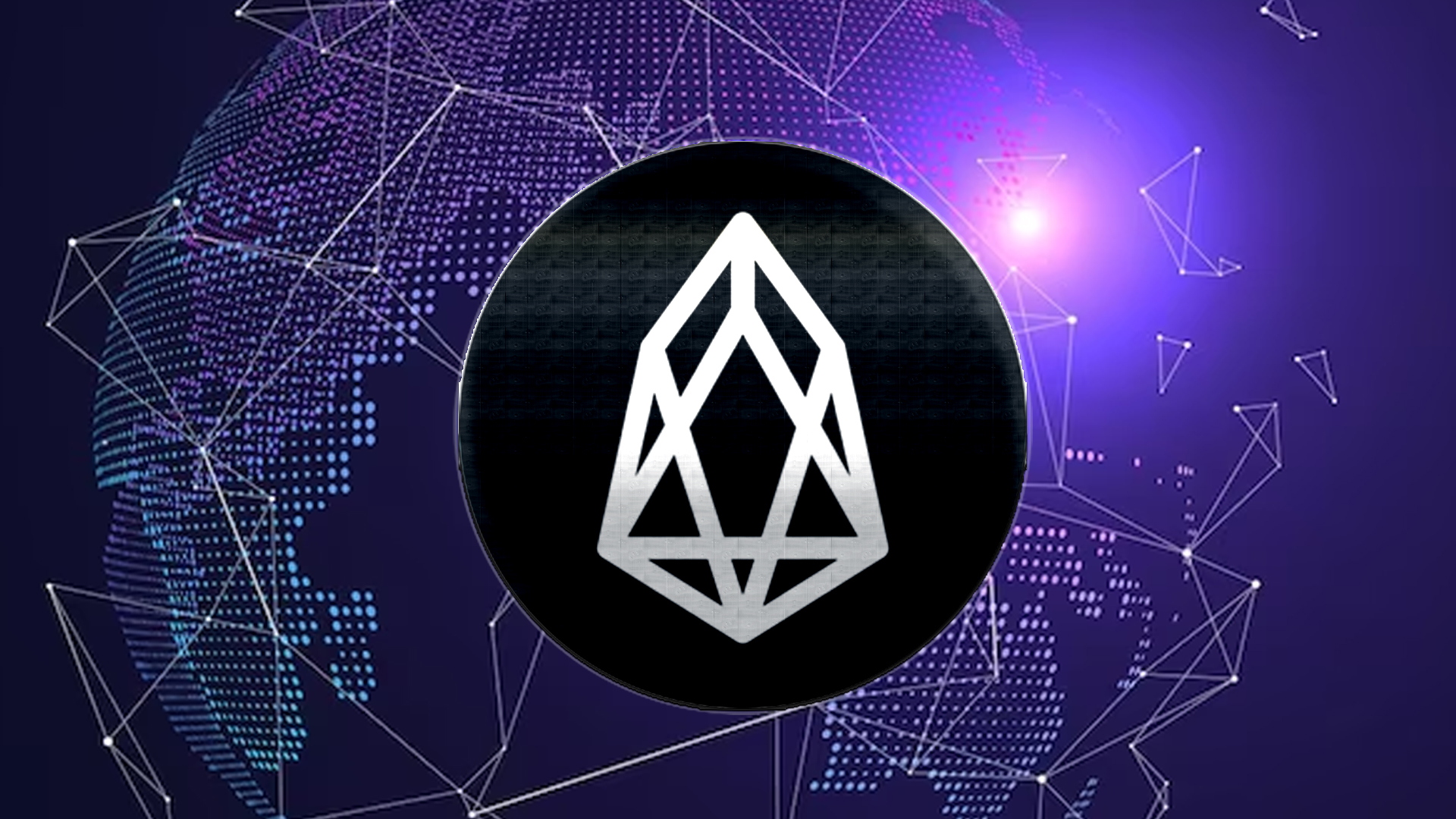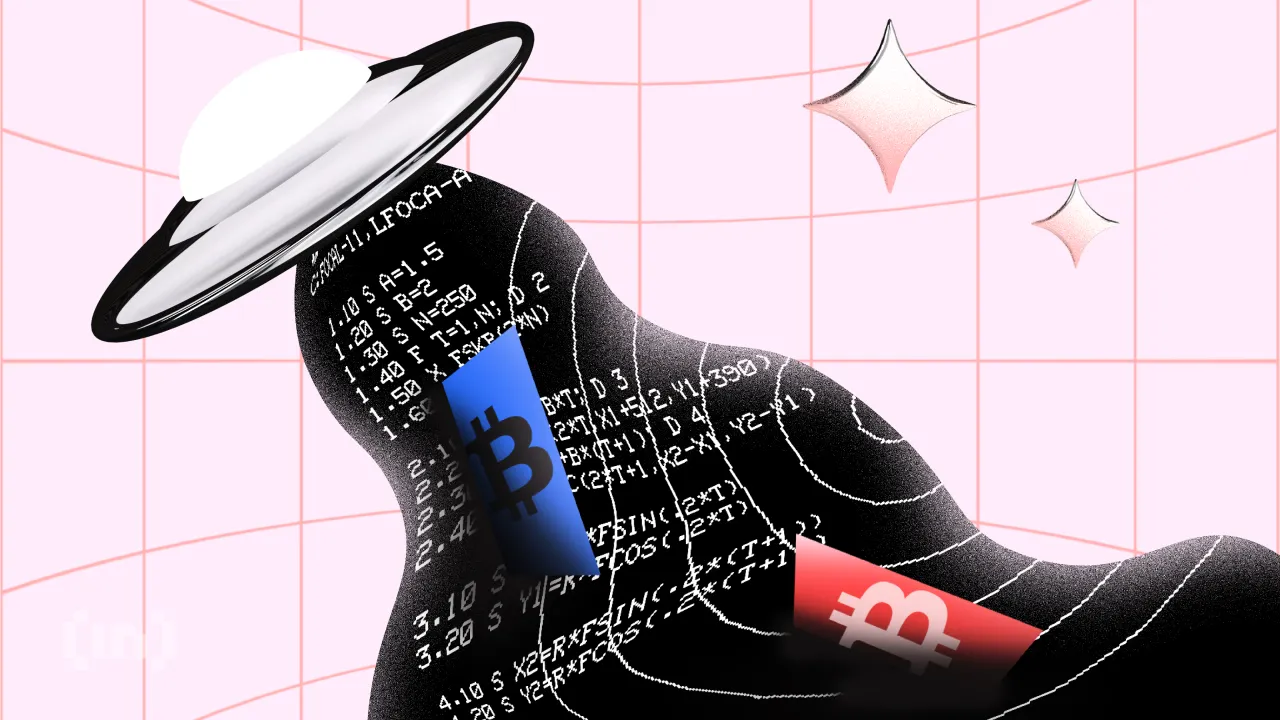A comprehensive guide to understanding the basics of the EOS Blockchain

[gpt3]rewrite
With the introduction of its first initial coin offering (ICO) in July 2017, the EOS blockchain rocked the blockchain world with its entrance. The smart contract environment of EOS allows businesses and industries to develop scalable decentralized applications (dApps) in a manner similar to web-based applications. This blockchain supports various functions and has been a potential competitor to both market leaders (Ethereum) and newcomers (Tron and Neo).
What is EOS and how does it work?
First launched in 2017 by Block. One the company, EOS (short for Electro-Optical System), is a blockchain-based decentralized platform that operates on a Delegated-Proof-of-Stake (DPoS) consensus mechanism and is used to build a wide range of industrial-scale dApps and ecosystems.
The robust and flexible infrastructure of the EOS blockchain provides a user-friendly and business-friendly environment for creating dApps while avoiding the problems of high fees and slow transaction speeds of traditional blockchains (e.g. Ethereum).
The EOS network has two key elements:
- EOSIO/ EOS.IO software acts as the operating system of a computer. It is responsible for controlling and managing the blockchain network while ensuring two-dimensional (vertical and horizontal) scaling of dApps;
- EOS Tokens is the cryptocurrency of the EOS network. Also, in order to use the network resources, and build and run dApps, it is a prerequisite for a developer to hold EOS coins and not spend them.
The EOS blockchain has been embraced by the blockchain community. Ubuntu Energy Ledger, All_ebt Food Stamps and DACTROIT are some of the many applications built on the EOS platform.
Before starting to trade on the EOS blockchain, users must create an EOS wallet that can send and receive EOS tokens while storing private and public key pairs. The most popular EOS wallet examples include Exodus Mobile, MyEOSwallet, Guarda and Scatter.
Technical features of EOS
In 2016, Ethereum suffered an infamous DAO hack in which hackers exploited a code vulnerability in the blockchain and stole around $60 million worth of coins, leading to the creation of a hard fork called “Ethereum Classic”.
The DPoS mechanism protects the EOS blockchain from such security threats since it involves elected delegates who continuously monitor the network and can freeze faulty dApps.
Processing any transaction on a PoS mechanism-based blockchain network requires consensus from all network nodes, which reduces the number of transactions performed per second (TPS), also known as scalability.
The EOS blockchain officially reaches a transaction capacity of 100,000 TPS, which is significantly higher than its opponents, such as Visa (1700 TPS), PayPal (193 TPS), Ethereum (27 TPS) and Bitcoin (7 TPS).
The EOS network achieves higher transaction speed via- horizontal scalingi.e. adding more systems to the network to expand the resource pool; vertical scaling which involves increasing the computing power of certain parts of the network or dApps.
Transactions on the Ethereum blockchain require the user to pay the gas fee, which becomes more expensive as more people use the network.
The operation of the EOS blockchain is different in this respect as it gives the user ownership of the network resources (eg computing power) in direct proportion to the tokens they hold. This method replaces the payments for individual transactions.
- Comprehensive permissions
Creating custom smart contracts and permission schemes for various businesses is the main focus of the EOS network.
The extensive permission system of EOS can be used by developers to secure specific smart contract functions. Moreover, this crypto platform offers the feature of dividing the authorities required to invoke a smart contract function, across different accounts with different command weights.
All EOS-based apps are upgradable and modifiable, meaning users can implement code fixes and make additions or changes to the application’s features and logic. Also, instead of dealing with permanent failures, the EOS network allows developers to revamp dApps.
- Multitasking
The parallel processing of EOS smart contracts can be achieved with three prominent features. First through asynchronous communicationtransaction parties do not need to be present at the same time to communicate.
Second, the interoperability feature enables the smooth transfer of data and information between two blockchains.
Third, the horizontal and vertical scaling options of EOS improve the transaction capacity of the network.
Ups and downs in the EOS blockchain
During its 2017-2018 ICO, EOS raised the equivalent of around $4 billion by issuing over 700 million tokens. However, the user base began to shrink after four years. Also, the value of the EOS token fell from $10 in June to $4.46 in August 2021.
Conclusion
Currently, the EOS blockchain has become the most widely used blockchain-based network worldwide. With its permissive and enterprise-scale nature, it is becoming a platform that can bring more benefits to businesses and industries.
However, there are still some doubts and criticisms from blockchain community members regarding the undelivered promises and degrading quality of the EOS.IO code that need to be addressed.
[gpt3]
























